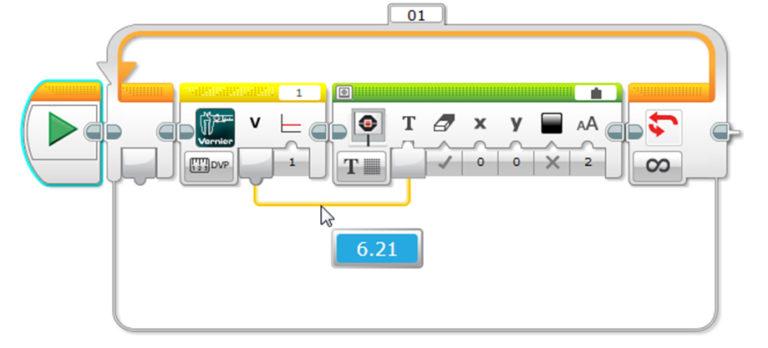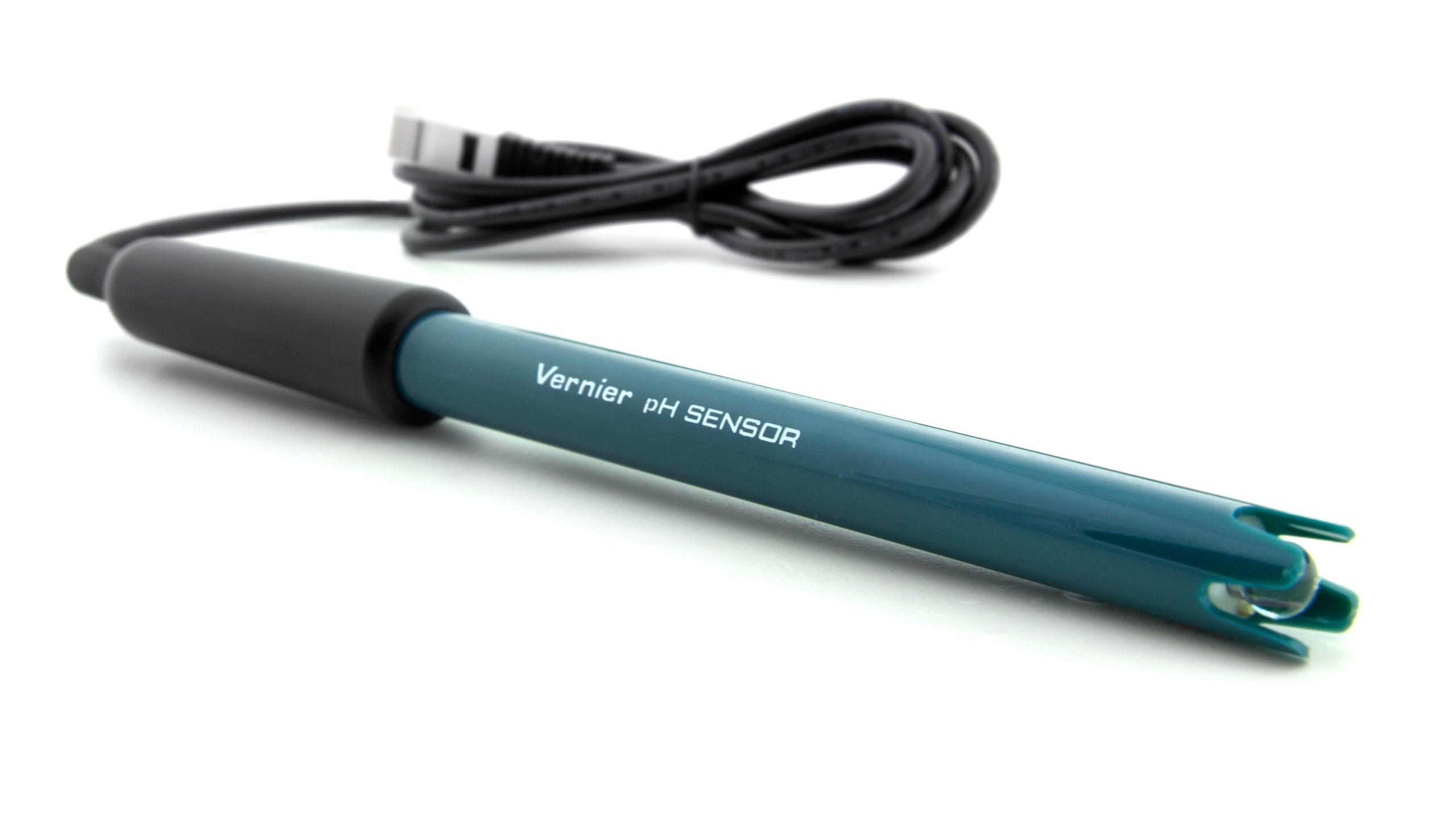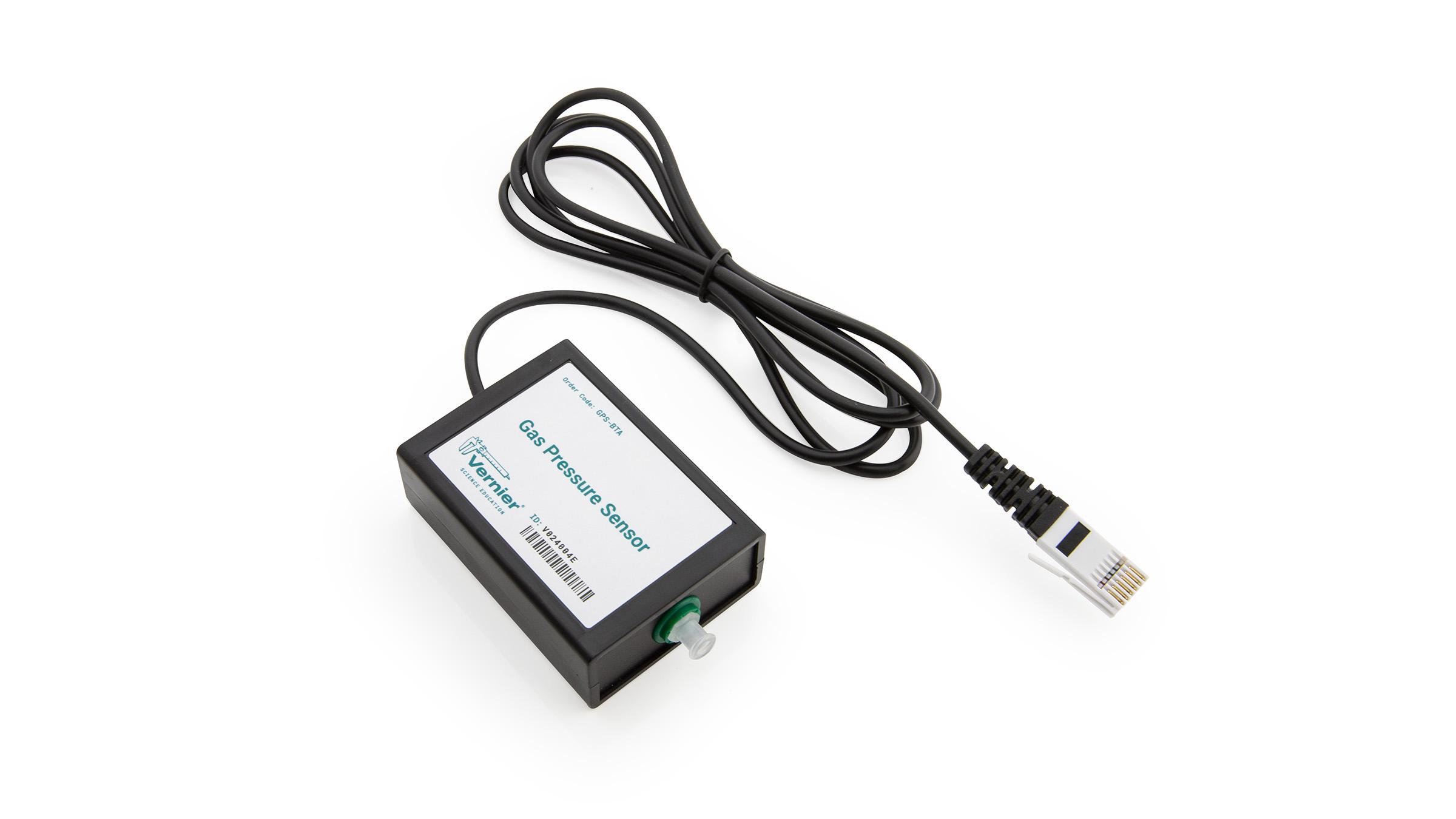Data Display and Acidity Tester
Experiment #1 from Vernier Engineering Projects with LEGO® MINDSTORMS® Education EV3
- Subject
- Engineering Outreach

Introduction
Manufacturers use robots to do tasks that might be harmful to people. One common example of such a task is working with hazardous materials. A hazardous material is one that could cause harm to human health or to the environment. Many common household solutions, such as paints, cleaners, inks, and dyes, can be considered hazardous. Acids are sometimes considered a hazardous chemical because they can cause severe burns if they gets in your eyes, nose, or skin. However, not all acids are strong enough to be hazardous. Acids such as vinegar and lemon juice are used in cooking to give foods distinctive flavors.
Solutions that have a pH of less than 7 are acidic. Neutral solutions have a pH of 7. If a solution has a pH of greater than 7, it is considered basic.
Sensors and Equipment
This experiment features the following sensors and equipment. Additional equipment may be required.
Ready to Experiment?
Ask an Expert
Get answers to your questions about how to teach this experiment with our support team.
- Call toll-free: 888-837-6437
- Chat with Us
- Email support@vernier.com
Purchase the Lab Book
This experiment is #1 of Vernier Engineering Projects with LEGO® MINDSTORMS® Education EV3. The experiment in the book includes student instructions as well as instructor information for set up, helpful hints, and sample graphs and data.



